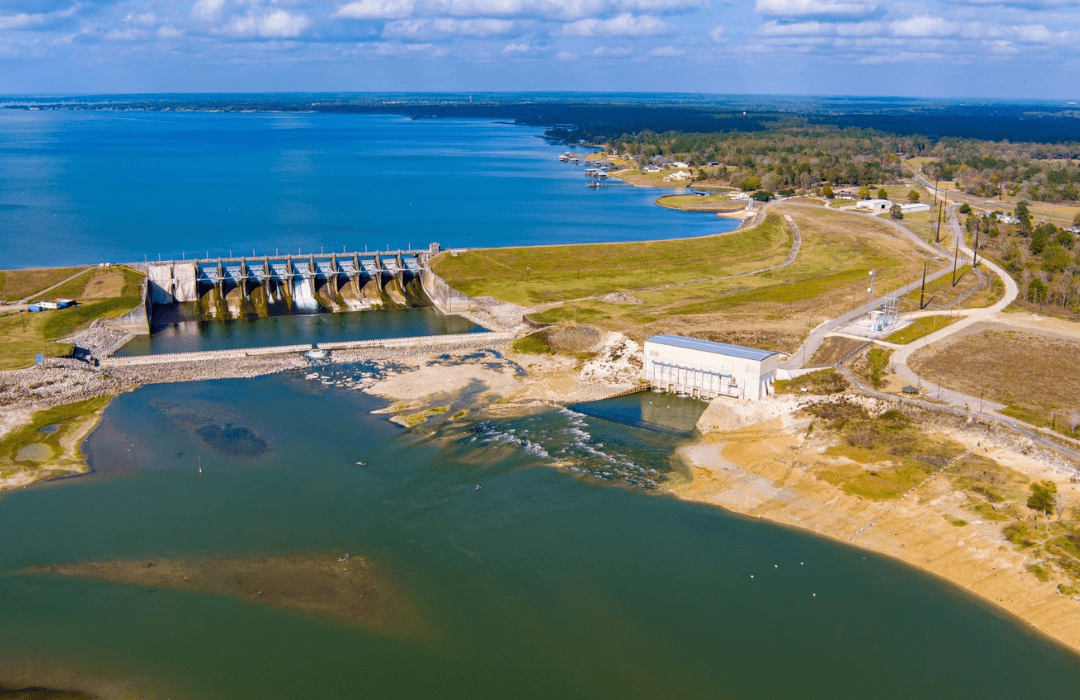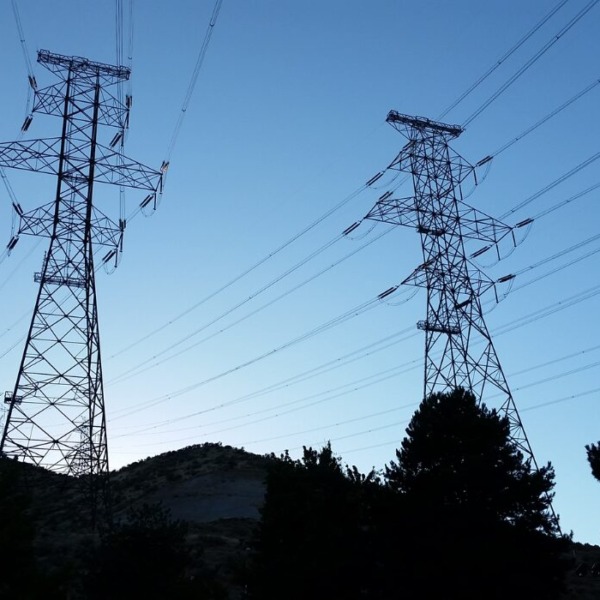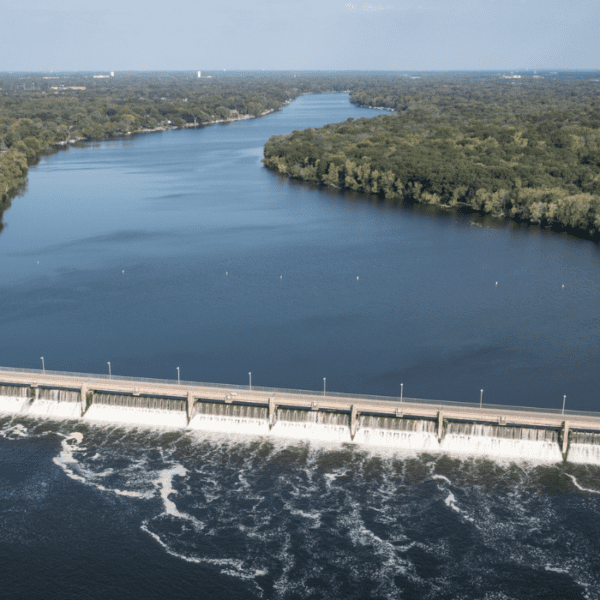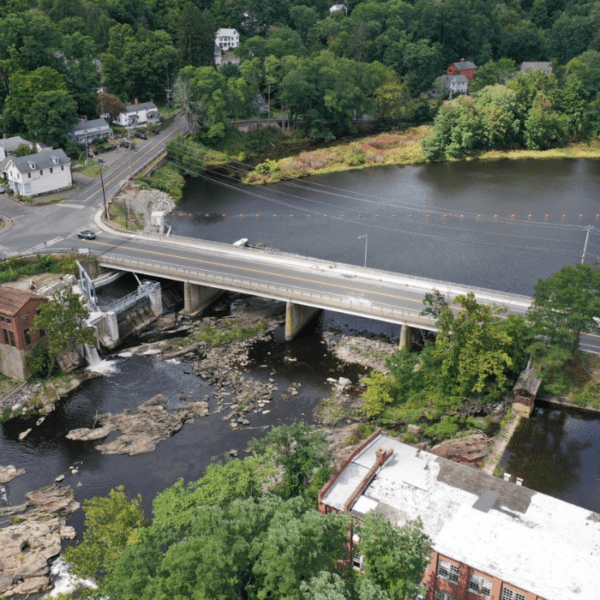Most people wouldn’t think of hydropower production in eastern Texas. Texas, after all, is known for oil and gas.
Yet, for the past two years, a new 24-MW hydroelectric facility has been humming away, producing enough clean electricity to power 12,000 households in East Texas.
The facility, R.C. Thomas Hydroelectric Project, was constructed at the existing Livingston Dam, which impounds Lake Livingston and is used for supplying water to the city of Houston.
Adding hydropower generating capacity onto dams is one of the benefits provided by the recently passed Inflation Reduction Act (IRA). The industry has been additionally bolstered by $900 million earmarked for waterpower in 2021’s Infrastructure Investment and Jobs Act.
According to National Hydropower Association’s (NHA) analysis of the IRA, the $369 billion package of tax credits “provide investment certainty for retrofits of dams with hydropower generation.” This will allow hydro owners and operators the opportunity to pursue new opportunities, like the R.C. Thomas Hydroelectric Project.

Honored guests at the Nov. 12, 2021, dedication ceremony for the R.C. Thomas Hydroelectric Project “flip the switch” on clean, reliable electricity produced at the hydro project at Lake Livingston. Seen here (from left to right) Carol E. Haddock, PE, Director of Houston Public Works; Texas State Representative Trent Ashby; Claud Thomas; U.S. Congressman Brian Babin; David Leonard, TRA Executive Committee Chairman; ETEC Board President Greg Jones; Kathleen Jackson, PE, Texas Water Development Board Director; and Dr. Jerry F. House, D.Min, TRA Director.
THE DEEP DIVE: THE STORY BEHIND NEW HYDRO IN TEXAS
The R.C. Thomas Hydroelectric Project is East Texas Electric Cooperative’s first hydro facility. It began commercial operation on July 14, 2020, after 14 years of development.
Headquartered in Nacogdoches, East Texas Electric Cooperative (ETEC) is a not-for-profit generation and transmission cooperative that provides reliable, low-cost power to 330,000 households and businesses across 46 counties in East Texas.
East Texas Electric Cooperative had long realized the economic development opportunity to add the 24-MW hydropower facility to the Livingston Dam in Livingston, Texas. Livingston Dam was completed in 1969 on the Trinity River to form Lake Livingston, which provides about 71% of Houston’s water supply. In 2012, the U.S. Department of Energy’s Oak Ridge National Laboratory issued a report, citing the dam as offering the best potential for adding a hydropower component to all existing non-federally owned dams in the United States.
With an overall project cost of approximately $158 million, funding sources included a Clean Renewable Energy Bond (CREB) with the balance by Rural Utilities Services (RUS).
East Texas Electric Cooperative began the process by obtaining a three-year preliminary permit from the Federal Energy Regulatory Commission (FERC) in April 2006, followed by applying for an original license in March 2009. FERC issued the license two years later, in August 2011.
The R.C. Thomas project broke ground in May 2015, adding hydro to East Texas Electric Cooperative’s existing renewable power mix, including wind and solar energy.
East Texas Electric Cooperative developed the project in cooperation with the City of Houston and the Trinity River Authority (TRA), which owns and operates the dam and reservoir. The City of Houston funded the existing facilities’ construction in the 1960s and owns water rights to 70% of the lake’s storage.
The hydro plant generates electricity by utilizing the force of water flowing from Lake Livingston to the Trinity River below the dam. Water that the Trinity River Authority would otherwise release through the dam’s spillway gates is diverted through the plant’s powerhouse, which turns three 8-MW Kaplan-type turbine-generator units supplied by Andritz.
The electricity generated goes immediately onto the power grid to serve ETEC’s customers. The RC Thomas Plant is uniquely designed to operate as much as possible in cooperation with the TRA Livingston Dam to meet water demands downstream while maintaining a relatively constant reservoir level.

The R.C. Thomas Hydroelectric Project began operating in early 2021 after eight years of planning, designing, and building. The project generates enough clean energy to serve approximately 12,000 households in East Texas and has the potential to offset approximately 64,000 tons of carbon dioxide emissions from fossil fuel power-generating plants each year.
OPPORTUNITIES AND CHALLENGES
The R.C. Thomas project offered East Texas Electric Cooperative a unique opportunity to utilize an existing dam with significant potential for hydropower development.
According to L.A. Williams, East Texas Electric Cooperative’s director of engineering, five top factors went into the hydropower development decision:
- The ideal local opportunity was available
- The project is a run-of-the-river operation, which was expected to produce high-capacity factor generation
- The project enhances East Texas Electric Cooperative fuel mix and prime mover diversification
- Little to no adverse environmental impacts
- Low variable cost generation as compared to other power supply alternatives
Williams said the project’s biggest initial challenge was convincing the dam’s owners and water rights holders (Trinity River Authority and the City of Houston) that a hydroelectric project on the reservoir would not jeopardize their water supply.
“Only after FERC agreed to clarify a few license conditions on rehearing of the initial license order were Trinity River Authority (TRA) and Houston comfortable giving the go-ahead for the project,” Williams said. “TRA and Houston are now 100% on board with the hydro development and have been outstanding partners.”
The COVID-19 pandemic affected the commissioning schedule due to international travel restrictions placed on the commissioning engineer from Andritz Hydro, based in Europe. Extreme weather was another obstacle. East Texas Electric Cooperative faced five floods during construction, including a devastating Category 4 hurricane in 2017.
“Simultaneously, with beginning the deep excavation for the powerhouse, we were hit with the first of five major floods, each of which caused a delay to the construction and one of which was a Category 4 hurricane that dumped a 500-year rate of rainfall on the area,” Williams said.
East Texas Electric Cooperative encountered new challenges with FERC licensing for its first hydro facility compared to its other renewables operations. As listed in the project timeline, the project’s FERC license was finalized in the third quarter of 2012.
“Even with very few environmental issues, the FERC licensing process is much lengthier than is permitting for other renewable energy projects like wind and solar—preliminary permit, licensing, etc.,” Williams said. He also noted intensive oversight of the construction process post-licensing by FERC’s regional engineers.
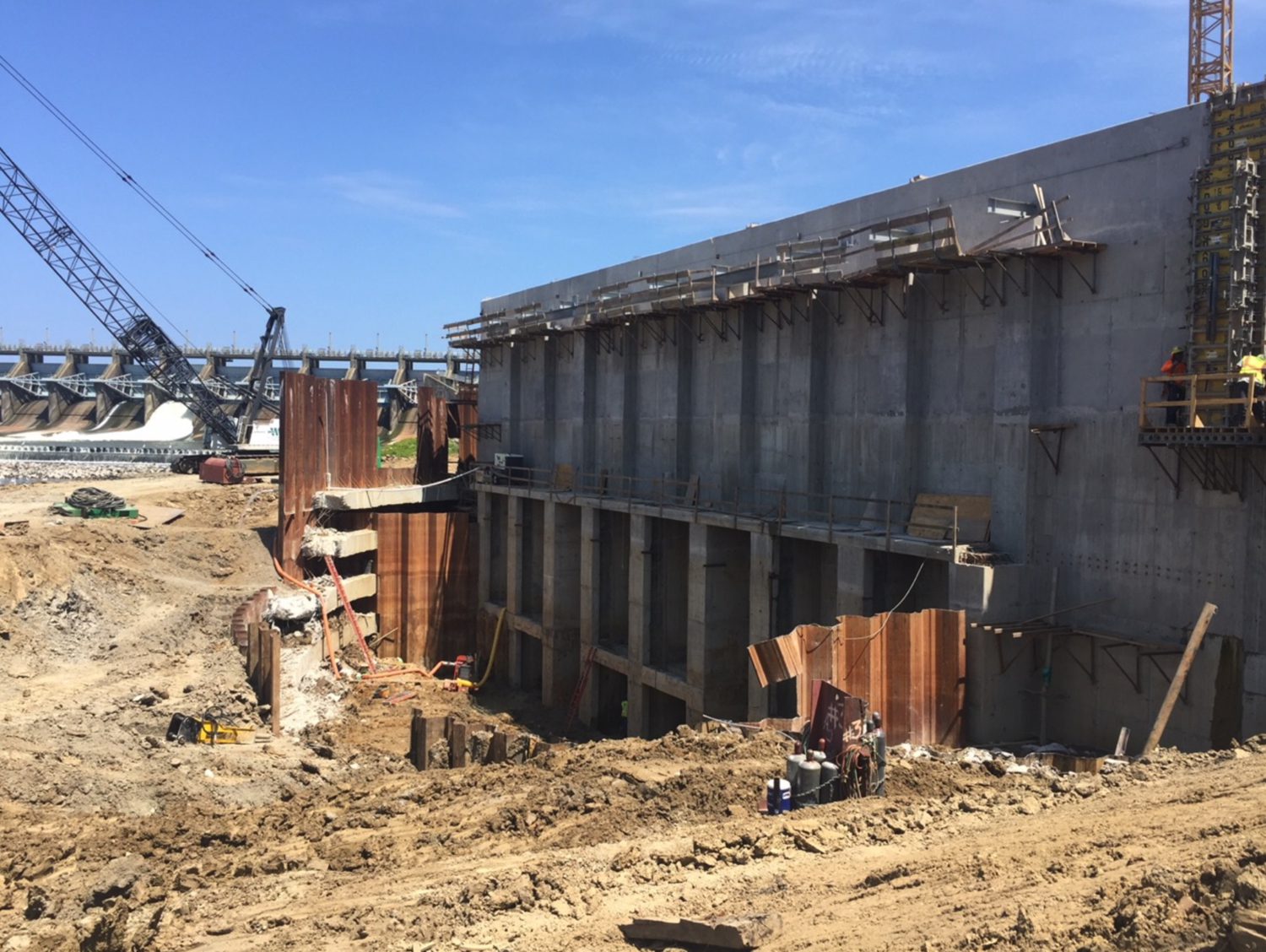
The R.C. Thomas Hydroelectric Project under construction.
From a regulatory perspective, Williams said the project represents a unique situation in which a dam owned and operated by a non-federal entity (Trinity River Authority) is licensed to produce hydropower by a different non-federal entity (East Texas Electric Cooperative).
“In most cases involving hydro development at an existing dam, the dam is owned either by the licensee or the federal government (U.S. Army Corps of Engineers or the Bureau of Reclamation),” Williams said.
According to Williams, there were few significant issues during licensing. However, resource agencies were concerned with the preservation of the fishery below the dam, which at the time helped support the state’s striped bass hatchery program.
East Texas Electric Cooperative also had to “jump through several hoops” to secure permission from both the National Park Service and Texas Parks and Wildlife Department to utilize, for power purposes, a small portion of parkland that had been developed decades earlier with funding from the Land and Water Conservation Fund—East Texas Electric Cooperative ultimately purchased a contiguous replacement parcel to compensate for the conversion of parkland.
Williams said the major FERC-related challenge was the design review and approval process.
“At the time, it was believed that the FERC would review/approve drawings in parallel with construction and approved drawings would be issued in a ‘just-in-time’ process,” Williams said. “But the review/approval process of the FERC does not necessarily conform well with that type of process.”
During this design review cycle, East Texas Electric Cooperative encountered significant issues with the approval of the powerhouse building design.
Williams said the presence of “deep, slickened-sided, Miocene clays” 75 feet below the surface, at the bottom of the powerhouse excavation, caused multiple iterations of drawing submittal, reviews, comments, redesign, and resubmittal review to finally obtain a consensus among all reviewing engineers, as well as gaining approval to issue the drawings finalized for construction. As a result, it took almost a year and a half to gain approval for the powerhouse construction.
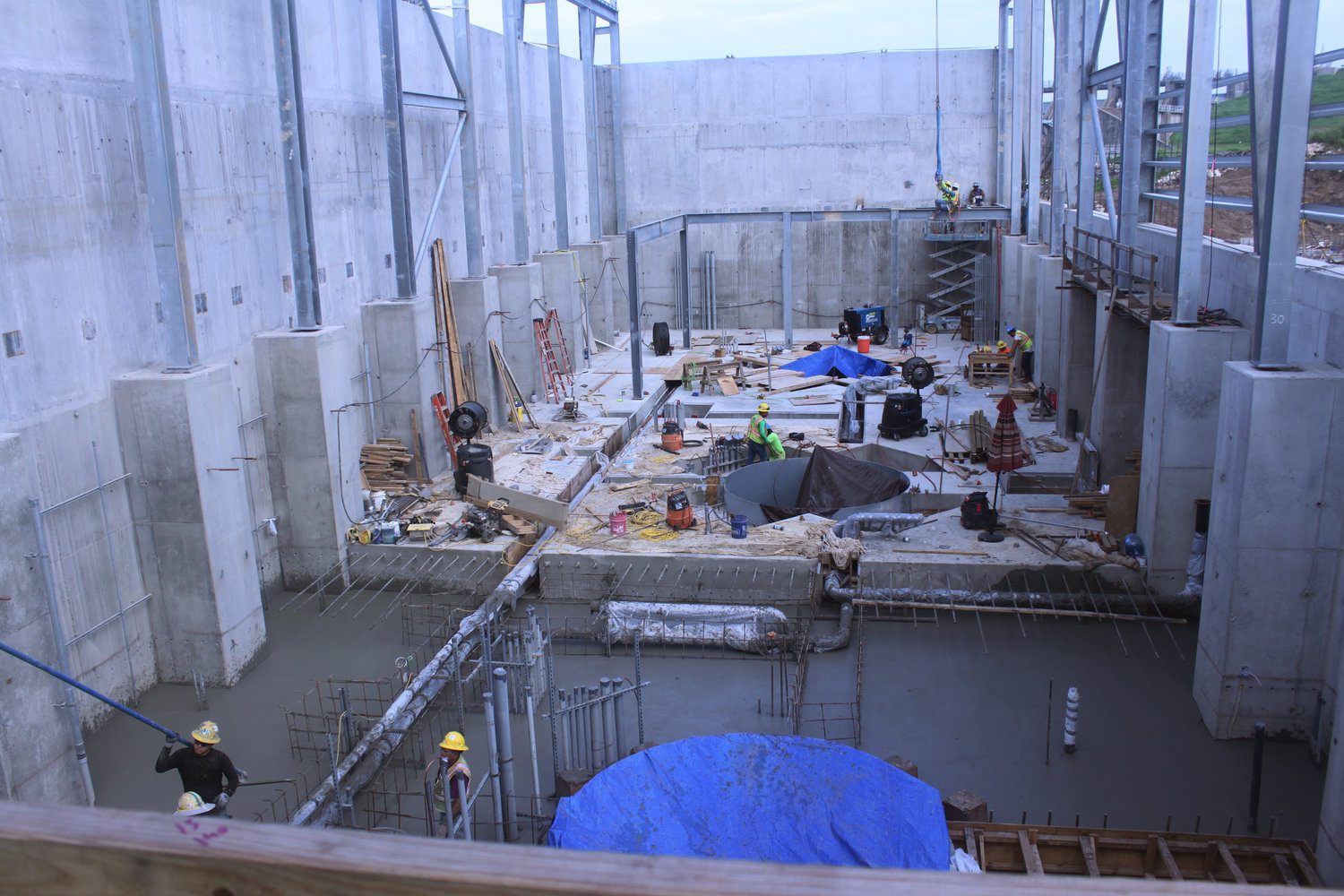
Additional photos of the R.C. Thomas Hydroelectric Project under construction.
LESSONS LEARNED
Looking back, Williams said it may have helped the project timeline to structure the execution of the Engineering, Procurement, and Construction (EPC) contract differently.
“The hope that the FERC would work with us to approve the design submittal’s parallel path just in time for construction was unrealistic,” Williams said. “The parallel path style of design/construct should help accelerate a schedule and lower overall project costs. Unfortunately, that didn’t work here.”
Williams added, “In hindsight, which I am pretty good at, I would have the ‘E’ performed first and wait until the design was completed and approved for construction by the FERC before mobilizing the contractor to begin construction.”
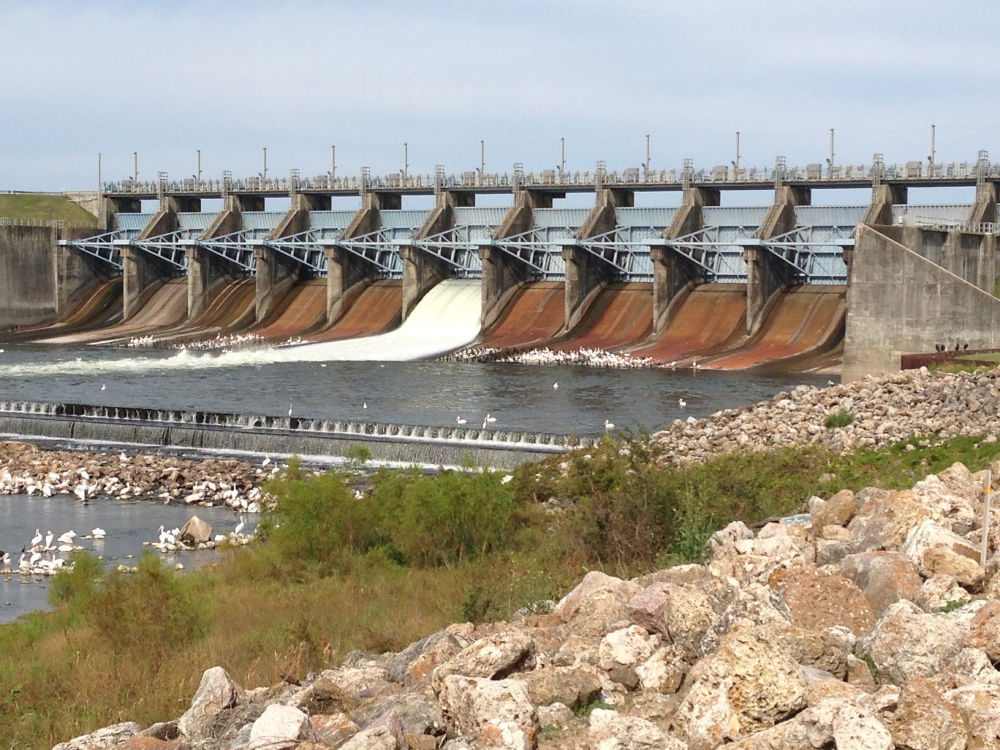
Photograph of the R.C. Thomas Hydroelectric Project.
WHY IT MATTERS
Williams said the R.C. Thomas Hydroelectric Project has been an example of three entirely different organizations, with different missions, bringing their diverse viewpoints together to produce a product of tremendous benefit for all involved—reliable, renewable energy for the people and the State of Texas.
“It was a challenge to blend such diverse interests and viewpoints and work through all of the challenges we faced,” Williams said. “But because of it, we have emerged as a very strong team, which is really rewarding.
In addition to powering more than 12,000 households, the 24-megawatt (MW) plant will annually offset 64,000 tons of carbon dioxide emissions from fossil fuel power generating plants. East Texas Electric Cooperative expects it to generate approximately 124,000 megawatt-hours of electricity annually. Additionally, the plant is expected to meet or exceed planned goals to the extent river flow is similar to historical flows.



